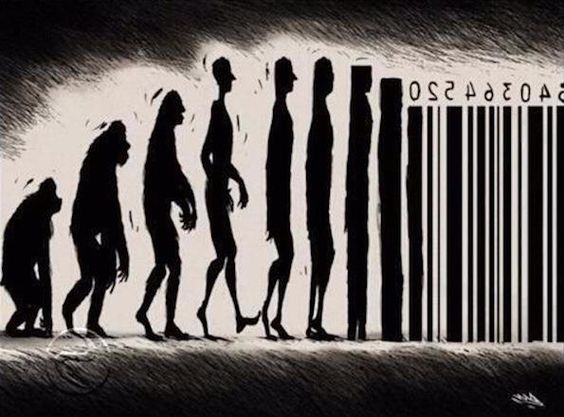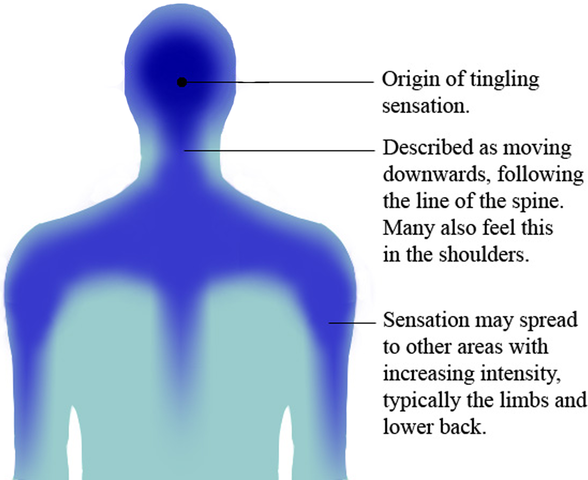Autonomous Sensory Meridian Response (ASMR)

Food for Thought
23 posts
You know that feeling of tingling that starts from the top of your head and moves down your neck and spine? Well, this sensation has a name: Autonomous Sensory Meridian Response (ASMR).
 Image source: Wikimedia
Image source: Wikimedia
ASMR is usually triggered by visual and acoustic stimuli like soft, whispering voices, listening to repetitive sounds from someone turning the pages of a book, watching someone perform a mundane task such as preparing food, receiving altruistic personal attention (having your hair cut, nails painted, ears cleaned, getting a massage). ASMR can also be triggered by imagining the stimuli.
The history of this term is quite recent, it first appeared in 2010 on a Facebook group and the first Internet discussions around this subject date from 2007. For more info about its history and other details, you check out the Wikipedia article about ASMR.
Anecdotal reports suggest that ASMR might be useful to alleviate symptoms of insomnia, depression, anxiety and panic attacks.
Turns out that a lot of people make ASMR related videos on Youtube and Youtube is also the place where I have encountered this term first. Youtube kept suggesting me videos with ASMR in their titles until it made me curios to find out what this term means. It was an "Aha!" moment when I found a name and a definition to sensations that I experienced before but didn't knew how exactly they were called and it was interesting to find out that there are people who not only know the name of the sensations but also create video to trigger them in others.
It seems that there is a whole "industry" developed around ASMR that produces videos on Youtube with some youtubers going to great lengths to create a nice experience for the viewers by using binaural recording, various props and backgrounds and scenarios.
Part of 23 in
Food for Thought